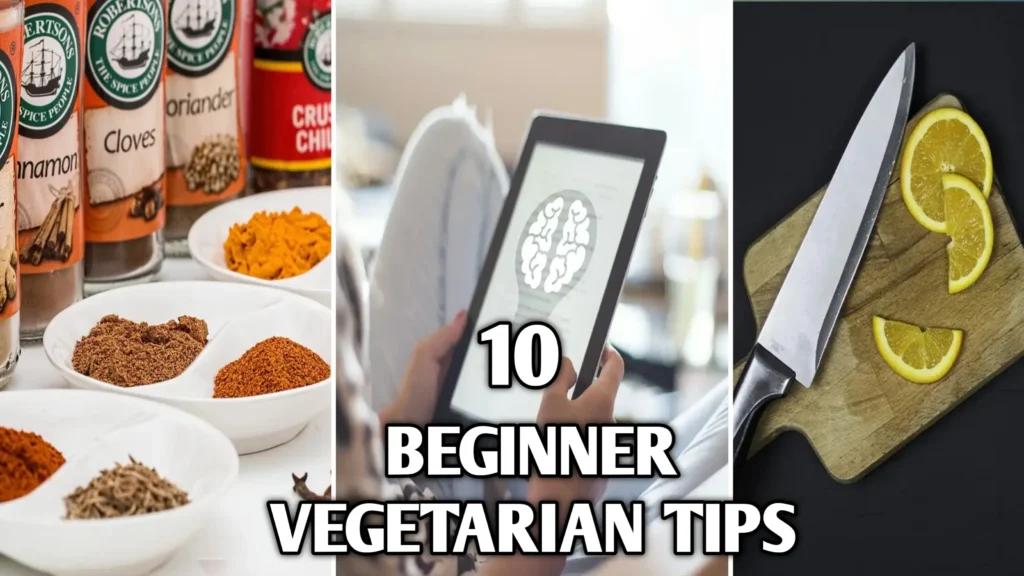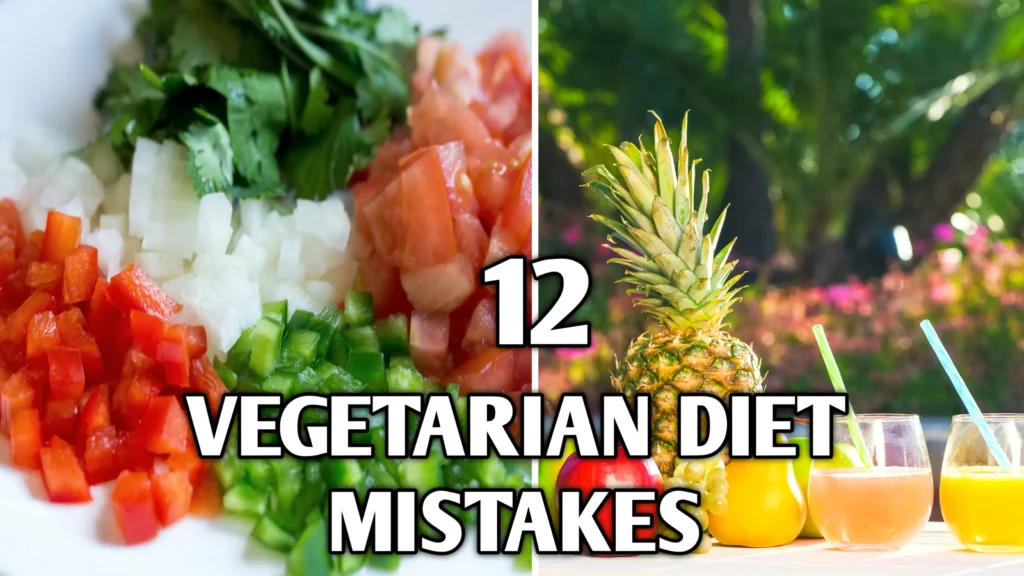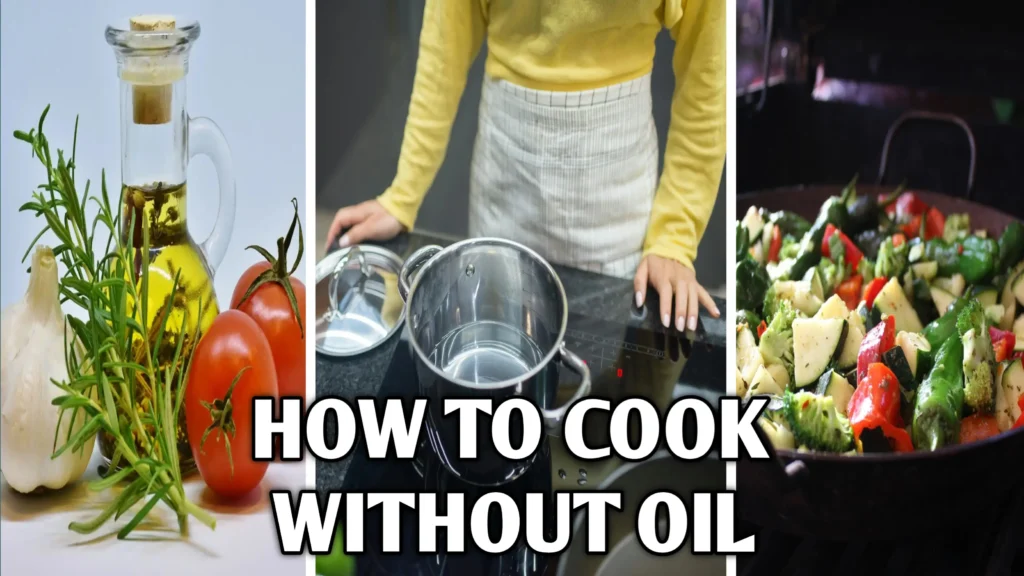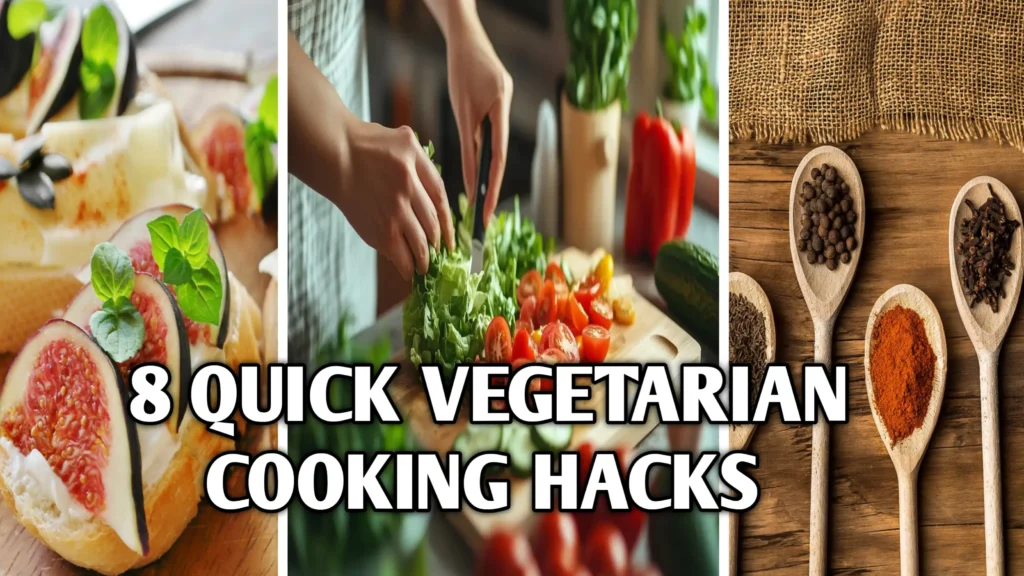
Introduction
Navigating the kitchen as a vegetarian can sometimes feel like trying to solve a puzzle with one missing piece. You’re armed with fresh produce, pantry staples, and a wealth of recipes, yet something always seems just out of reach—be it the perfect texture, the deepest flavor, or the most efficient prep method. That’s where vegetarian cooking hacks come in. These simple yet transformative strategies elevate your home-cooked meals, saving time, boosting taste, and ensuring you get the most out of every ingredient.
Whether you’re a seasoned plant-based chef or a newcomer seeking vegetarian cooking tips for beginners, this article is your one-stop guide to mastering vegetarian cooking hacks that will revolutionize your weeknight dinners, weekend meal preps, and everything in between. Let’s dive in and discover the secrets that professional vegetarian chefs and home cooks alike swear by—no eggs or animal products required, just pure, wholesome plant power! 😊
The Fundamentals of Vegetarian Cooking Hacks
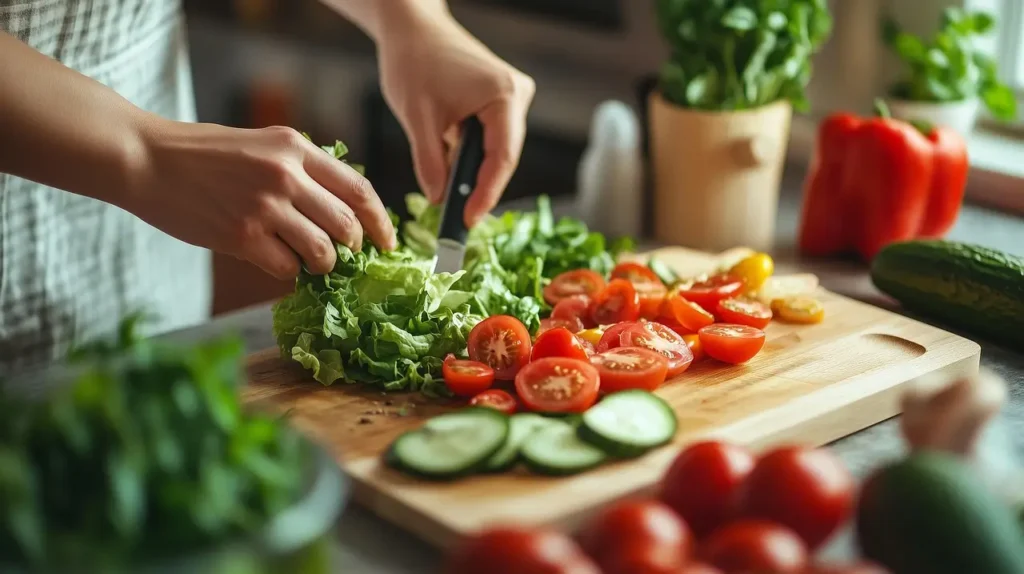
Before exploring specific vegetarian cooking hacks, it helps to understand the underlying principles that make these tricks effective. At their core, most time- and flavor-saving strategies hinge on three culinary cornerstones: ingredient optimization, technique refinement, and smart kitchen management. When these pillars align, you’ll find that even simple dishes sing with complexity and require a fraction of the effort you once thought necessary.
First, ingredient optimization means choosing the right produce, legumes, grains, nuts, and seeds—and storing them correctly to extend freshness. Next, technique refinement covers everything from mastering knife skills to leveraging the Maillard reaction (the browning process) without overcooking delicate plant proteins. Lastly, smart kitchen management is all about mise en place—prepping and organizing ingredients ahead of time—so your cooking sessions flow like a well-orchestrated performance.
Through the lens of vegetarian cooking hacks, we’ll explore how to combine these pillars into actionable tips and tricks, transforming how you approach everything from chopping veggies to plating your creations.
Hack Category 1: Ingredient Prep Shortcuts
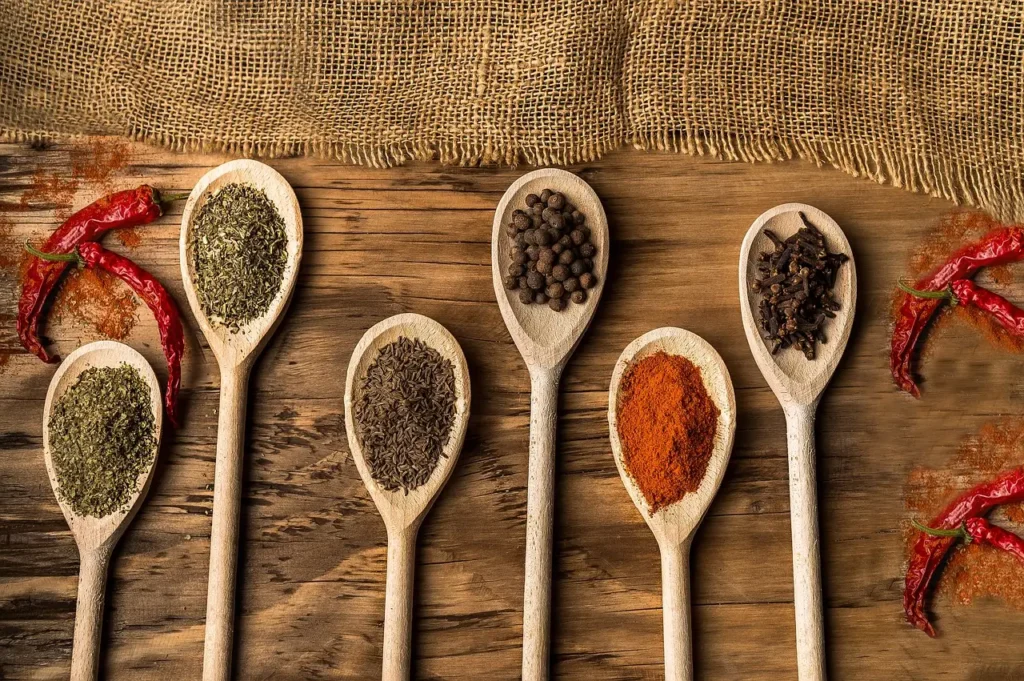
One of the most time-consuming aspects of any recipe is washing, peeling, chopping, and measuring ingredients. By streamlining prep, you free up headspace for creativity and reduce cleanup time. Below are some of the most impactful vegetarian cooking tips that professional chefs use daily:
Batch Wash and Store Vegetables
Instead of washing vegetables one recipe at a time, dedicate 10–15 minutes each week to batch washing your produce. Fill your sink or a large bowl with cold water, add a splash of vinegar, and submerge leafy greens, bell peppers, and mushrooms. Swish gently, drain, and dry in a salad spinner or on clean towels. Store in breathable containers lined with paper towels to wick away excess moisture and prevent wilting. This quick vegetarian cooking tips approach means that when you open the fridge, your greens are ready for salads, stir-fries, or smoothies—no additional washing required.
Pre-cook Grains and Legumes
Whole grains and dried legumes form the backbone of many plant-based meals, but cooking them from scratch can take upwards of an hour. Fix this by batch-cooking staples like brown rice, quinoa, barley, lentils, and chickpeas on your day off. Portion into single- or multi-serving containers and store in the refrigerator (up to five days) or freezer (up to three months). When it’s time for dinner, simply reheat on the stovetop or in the microwave, and you’ll shave a significant chunk off your cooking time—one of the simplest yet most powerful easy vegetarian cooking tricks.
The Overnight Soak Hack
Certain legumes and whole grains benefit from overnight soaking to reduce cooking time and improve digestibility. For example, soak black beans or kidney beans in salted water for 8–12 hours, then drain and rinse before cooking. Not only does this cut cooking time in half, it also helps neutralize enzyme inhibitors that can cause digestive discomfort. This vegetarian cooking hacks staple tip ensures you spend less time hovering over a pot and more time enjoying your meal.
Quick Tips
- Use glass jars or zip-top bags for soaking; they’re easy to label with dates and rotate through prep cycles.
- Freeze small chunks of ginger or garlic in oil in an ice cube tray for instant flavor boosts.
Hack Category 2: Flavor-Boosting Techniques
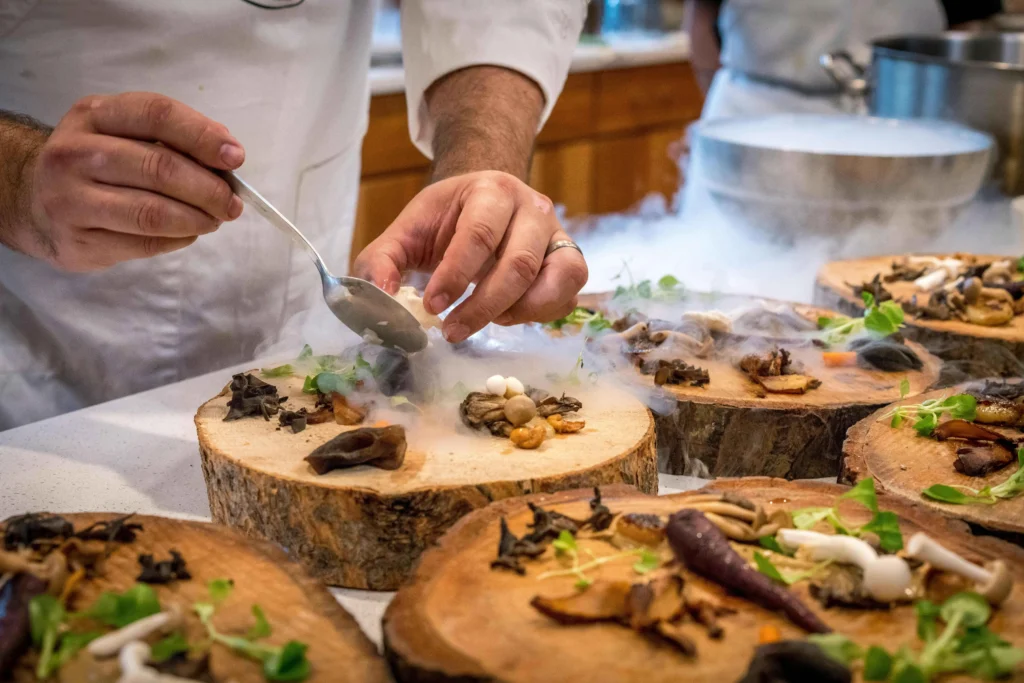
Packing deep, complex flavor into vegetarian dishes often feels challenging without the umami punch of meat or eggs. These vegetarian cooking tips will ensure your meals burst with savoriness:
Toast Your Spices
Whole spices—cumin seeds, coriander seeds, mustard seeds—transform dramatically when toasted. Heat them in a dry skillet over medium heat for 1–2 minutes until fragrant, then grind immediately or add directly to hot oil. This elevates any curry, stew, or spice-rubbed tofu, infusing your dishes with nuanced warmth. Known among chefs as one of the quintessential vegetarian cooking hacks, toasting spices unlocks layers of aroma and complexity.
Build a Flavor Base with Aromatics
Aromatics like onions, garlic, ginger, and scallions form the flavor backbone of countless vegetarian recipes. Instead of adding them raw, sweat them gently (cook over low heat with a bit of oil) until they soften and release their natural sugars. This process creates a rich, savory foundation for sauces, soups, and stir-fries. Want more depth? Add minced lemongrass or kaffir lime leaves when sweating shallots in a Thai curry—another quick vegetarian cooking tips twist that professional kitchens love.
Harness the Power of Umami
Plant-based sources of umami—nutritional yeast, miso paste, sun-dried tomatoes, dried mushrooms—are invaluable vegetarian cooking hacks for replicating the depth of flavor found in meat. Stir a spoonful of white miso into creamy soups, sprinkle nutritional yeast onto popcorn or roasted veggies, and rehydrate porcini mushrooms in warm water to use the soaking liquid as a savory broth. These tricks ensure that every bite feels indulgent, even when sticking to strictly plant-based ingredients.
Quick Tips
- Keep a small container of freeze-dried mushroom powder on hand to sprinkle into gravies and sauces.
- Swap salt for tamari or coconut aminos in marinades for an added umami boost.
Hack Category 3: Time-Saving Cooking Methods
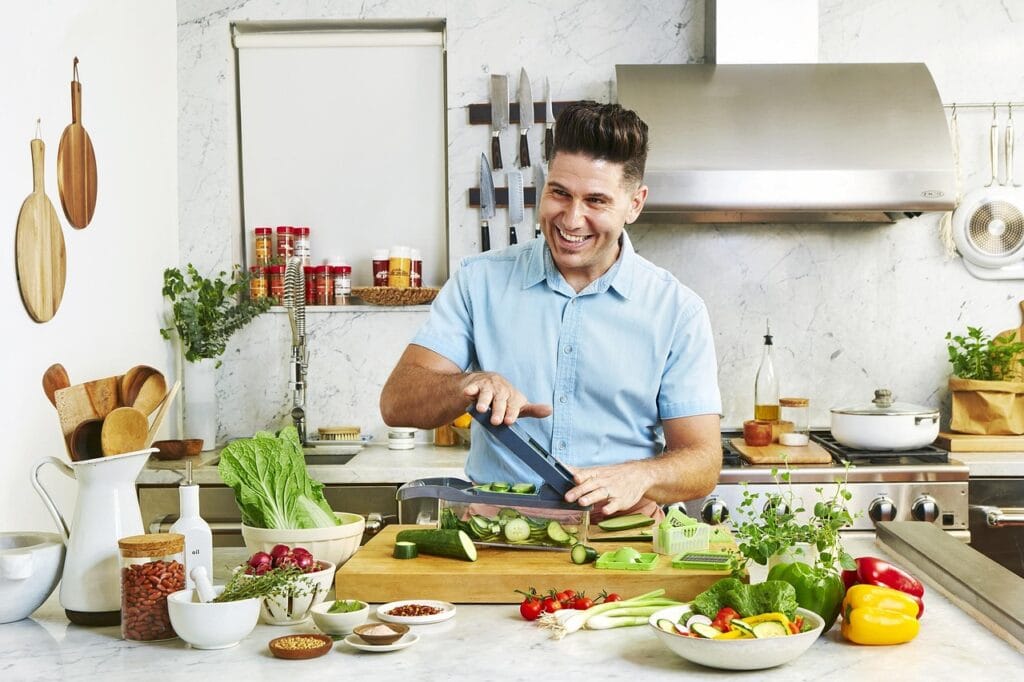
Weeknight dinners demand speed without sacrificing quality. These easy vegetarian cooking tricks will have dinner on the table faster than you thought possible:
One-Pan Wonders
Sheet-pan meals and skillet dinners minimize both cooking and cleanup. Arrange cubed sweet potatoes, cauliflower florets, and marinated tofu on a sheet pan, drizzle with olive oil and spices, and roast until golden. Alternatively, sauté kale, chickpeas, and cherry tomatoes in one skillet with garlic and chili flakes for an all-in-one supper. Embracing vegetarian cooking hacks like one-pan dinners ensures efficiency and variety in your weekly rotation.
High-Speed Blending
Powerful blenders can replace multiple pots and pans. Use a high-speed blender to whirl soaked cashews into ultra-creamy sauces, dressings, and dips in seconds. Blend cooked vegetables into silky soups without straining , or pulse oats and flaxseed into homemade plant-based flour for quick pancakes or flatbreads. This quick vegetarian cooking tips approach cuts down prep time and dishwasher load.
Pressure Cooker and Instant Pot Magic
Electric pressure cookers like Instant Pots are ideal for tenderizing beans, steaming grains, and concentrating flavors in half the time of traditional methods. Prepare steel-cut oats for breakfast while you shower, or cook a Moroccan-spiced chickpea stew for dinner while you tackle emails. Learning these vegetarian cooking hacks with multi-cookers can revolutionize your meal-planning game.
Quick Tips
- Invest in stackable steamer baskets for your Instant Pot to cook proteins and veggies simultaneously.
- Freeze pre-blended sauce bases in silicone trays for instant meal assemblies.
Mastering Meal Prep with Vegetarian Cooking Hacks and Easy Vegetarian Cooking Tricks

A successful week in the kitchen often begins on Sunday afternoon, when you can dedicate a couple of hours to laying the groundwork for hassle-free dinners and stress-free lunches. Embracing vegetarian cooking hacks during your meal-prep session means that instead of chopping, cooking, and cleaning multiple times per week, you do it once—and reap the rewards every day. Even absolute newcomers to plant-based cuisine will find these vegetarian cooking tips for beginners invaluable, as they transform the ritual of washing, peeling, and portioning into a streamlined process that almost runs itself.
By batching staples—grains, legumes, sauces, and chopped produce—you create a mini-buffet of options that you can mix and match for salads, bowls, wraps, and stir-fries. This strategy hinges on a trio of vegetarian cooking hacks: choose versatile ingredients, cook them intensively once, and store them in user-friendly formats. Once you feel the relief of pulling together a nourishing, colorful meal in under 10 minutes, you’ll wonder how you ever managed without these vegetarian cooking hacks.
Quick Tips
- Portion cooked brown rice, barley, and quinoa into 1-cup servings; freeze extras for up to three months.
- Marinate a block of tofu with soy sauce, garlic powder, and ginger, then bake and freeze in slices for instant protein.
- Pre-chop a “stir-fry kit” of onions, bell peppers, and broccoli; store in a resealable bag for rapid sauces and sautés.
For more detailed guidelines on safe storage and reheating, consult the USDA’s refrigeration and freezer chart 😊
📄 Download FDA’s Food Labeling Guide (Official PDF)
Stay informed with the official FDA Food Labeling Guide. This comprehensive document helps consumers and food businesses understand nutrition labels, ingredient lists, and health claims.
📥 Download FDA Food Labeling GuideAdvanced Culinary Techniques: Elevating Flavor with Vegetarian Cooking Hacks and Quick Vegetarian Cooking Tips
Once you’ve mastered the basics of prep, it’s time to graduate to advanced vegetarian cooking hacks that coax out flavors rivaling top-ranked vegetarian restaurants. Chefs understand that true depth of flavor arises from layered techniques—sweating, searing, deglazing, and reducing—rather than reliance on a single seasoning. Sweating aromatics like onions, garlic, and ginger until they’re translucent brings out their natural sweetness, while deglazing the pan with vegetable broth or white wine lifts the browned bits and infuses your dish with complexity.
Integrating vegetarian cooking tips like using an immersion blender to swirl roasted vegetables into a velvety bisque or applying the sous-vide method to marinate mushrooms at low temperature unlocks new textures and flavors you wouldn’t believe came from humble produce. Even simple steps, such as finishing a vegetable curry with a spoonful of coconut cream or a sprinkle of lemon zest, transform everyday meals into memorable experiences. These easy vegetarian cooking tricks rely on patience and technique rather than exotic ingredients, ensuring that home cooks can replicate restaurant-quality dishes without breaking the bank.
Leveraging Technology: Top Apps and Tools for Vegetarian Cooking Hacks and Vegetarian Cooking Tips
In our digital age, celebrating vegetarian cooking hacks means tapping into apps and gadgets that simplify recipe discovery, meal planning, and ingredient organization. Start by exploring Yummly and Paprika, two powerhouse apps that allow you to save recipes, generate shopping lists, and adjust ingredient quantities on the fly—practices that embody the very essence of quick vegetarian cooking tips. For deeper nutritional insights, the Vegetarian Resource Group’s app offers a searchable database of plant-based recipes complete with macro and micronutrient breakdowns.
Beyond software, kitchen gadgets like electric spiralizers, air fryers, and digital scales serve as physical embodiments of vegetarian cooking hacks. An air fryer crisps Brussels sprouts with up to 75% less oil than traditional roasting, and a spiralizer transforms zucchini into pasta-like ribbons in seconds—two of the most beloved easy vegetarian cooking tricks for texture and variety. Use a digital scale to ensure consistent portion sizes, which is especially helpful when following vegetarian cooking tips geared toward macro tracking or weight management.
Reader Success Stories: Transforming Kitchens with Vegetarian Cooking Hacks
Real-world transformations underscore the power of well-chosen vegetarian cooking hacks. Take Mira, a busy high-school teacher from Boston, who found herself skipping lunch or opting for processed fare due to lack of time. After adopting batch cooking and using an Instant Pot to prepare lentil soups in bulk, she reintroduced balanced, homemade meals into her routine, lost ten pounds, and reported a 50% boost in afternoon energy. Mira credits the vegetarian cooking hacks of one-pot meal prep and spice-infused broths for making her stick with plant-based eating for the first time.
Then there’s Jamal, an engineering student in Toronto, who struggled with flavorless tofu. By applying a marinade-freeze-thaw technique—marinating tofu overnight, freezing it, then thawing and pressing before cooking—he created a sponge-like texture that absorbed savory sauces like a dream. This simple vegetarian cooking tip landed him rave reviews from roommates and even inspired him to write a blog post titled “Tofu 2.0” that now receives thousands of monthly views.
Stories like Mira’s and Jamal’s demonstrate how a handful of vegetarian cooking hacks can catalyze lasting dietary change, turning skeptical novices into confident, creative home chefs. 😊
Building Community: Sharing and Growing Your Quick Vegetarian Cooking Tips and Vegetarian Cooking Hacks

No cook is an island—your vegetarian cooking hacks gain even more traction when you share them with a community of like-minded food enthusiasts. Online forums such as the r/vegetarian subreddit and Facebook groups dedicated to vegetarian cooking tips for beginners are treasure troves of recipe swaps, troubleshooting advice, and encouragement. Each time you post a win—like mastering a cauliflower-steak technique or discovering a new spice blend—you empower others to try easy vegetarian cooking tricks and pay it forward.
Local cooking clubs and plant-based meetups foster face-to-face connections that amplify your vegetarian cooking hacks. Hosting a “Hack Swap” potluck, where participants bring a dish and demonstrate one secret tip, turns collective wisdom into shared experiences. Even Instagram hashtags like #VeggieHackWednesday provide a daily prompt to share a vegetarian cooking hack, and many home chefs credit these virtual micro-workshops for igniting their culinary confidence.
🥦 New to Vegetarian Eating? Avoid These 12 Common Mistakes!
Starting a vegetarian lifestyle can be exciting—but it’s easy to make nutritional or planning missteps. Learn which vegetarian diet mistakes to avoid so you can stay healthy, energized, and confident on your journey!
⚠️ Read the 12 Mistakes to Avoid✅ Also check out our Vegetarian Cooking Guides for more helpful tips!
Sustainability Spotlight: Ethical Sourcing in Vegetarian Cooking Hacks
Part of the appeal of vegetarian cooking hacks lies in their alignment with sustainable, environmentally conscious practices. Opting for locally grown, seasonal produce not only supports small farmers but also ensures peak freshness and nutritional value—two qualities that amplify the impact of your vegetarian cooking tips. A simple switch from out-of-season tomatoes to roasted seasonal squash reduces food miles and elevates flavor, showcasing how sustainability and taste go hand in hand.
Reducing kitchen waste is another critical dimension of ethical vegetarian cooking hacks. Take vegetable scraps—carrot tops, onion ends, mushroom stems—and transform them into a homemade vegetable broth that forms the foundation for soups, stews, and risottos. Composting inedible bits closes the loop on your cooking ecosystem, lowering your carbon footprint while enriching your garden soil. These practices reflect guidelines from the Harvard T.H. Chan School of Public Health on sustainable diets that benefit both people and the planet
Key Takeaways
- Batch-cook grains, legumes, and proteins to slash weekly prep time and embrace vegetarian cooking hacks.
- Layer flavors by sweating aromatics, toasting spices, and incorporating umami-rich ingredients.
- Leverage technology—apps, air fryers, spiralizers—to maximize easy vegetarian cooking tricks.
- Join online and local communities to share quick vegetarian cooking tips and amplify your kitchen skills.
- Source seasonally and compost scraps to align vegetarian cooking hacks with sustainability goals.
Frequently Asked Questions
2. How can I ensure deep flavor without using animal products?
Focus on umami-rich ingredients—miso, nutritional yeast, dried mushrooms—and develop a habit of sweating aromatics and toasting spices. These vegetarian cooking tips guarantee savory depth in every dish.
3. What’s the best way to store prepped ingredients for the week?
Use airtight containers lined with paper towels for greens, clear-lidded bowls for quick visibility, and label frozen portions with dates. Consistent organization is one of the most underrated easy vegetarian cooking tricks.
4. Can I apply these hacks to gluten-free or other specialty diets?
Yes. Most vegetarian cooking hacks focus on technique—batch prep, flavor building, smart storage—rather than specific ingredients, making them adaptable to gluten-free, nut-free, or soy-free variations.
5. How often should I revisit and refresh these hacks?
Aim to re-evaluate your kitchen workflow every month. As you discover new ingredients or equipment—like a spiralizer or sous-vide machine—you can integrate additional quick vegetarian cooking tips to further streamline your routine.
Conclusion
Armed with these advanced vegetarian cooking hacks, you now possess the tools, techniques, and inspiration to transform every meal into a delicious, time-saving triumph. Whether you’re optimizing your Sunday meal prep, experimenting with flavor-layering techniques, or sharing your latest kitchen revelation in a virtual forum, these vegetarian cooking hacks will streamline your routine and deepen your culinary confidence. Ready to take your plant-powered kitchen to the next level? Subscribe to our weekly newsletter for exclusive recipe guides, behind-the-scenes cooking videos, and early access to our upcoming e-cookbook, “100 Essential Vegetarian Cooking Hacks”! 🌿


